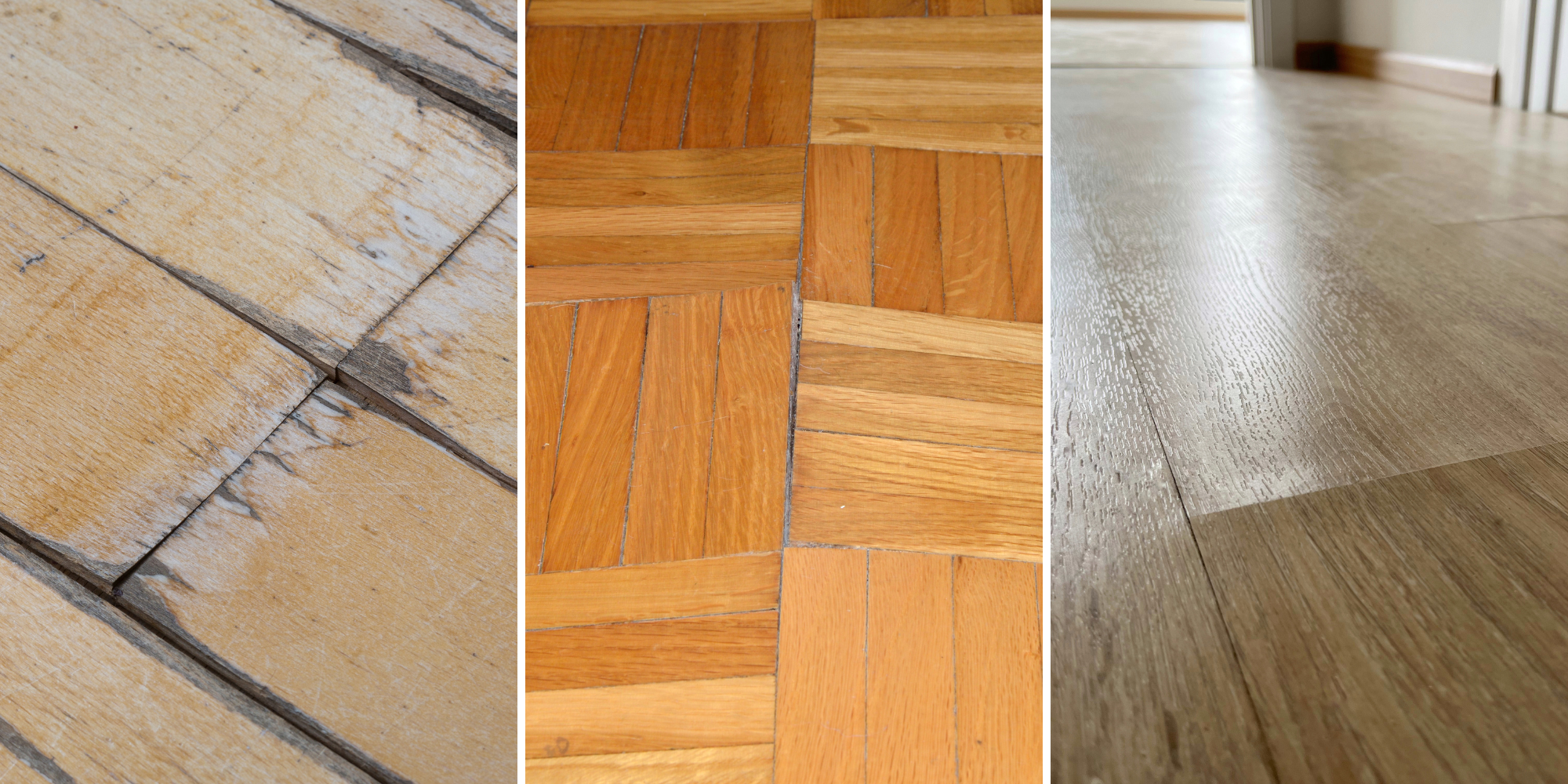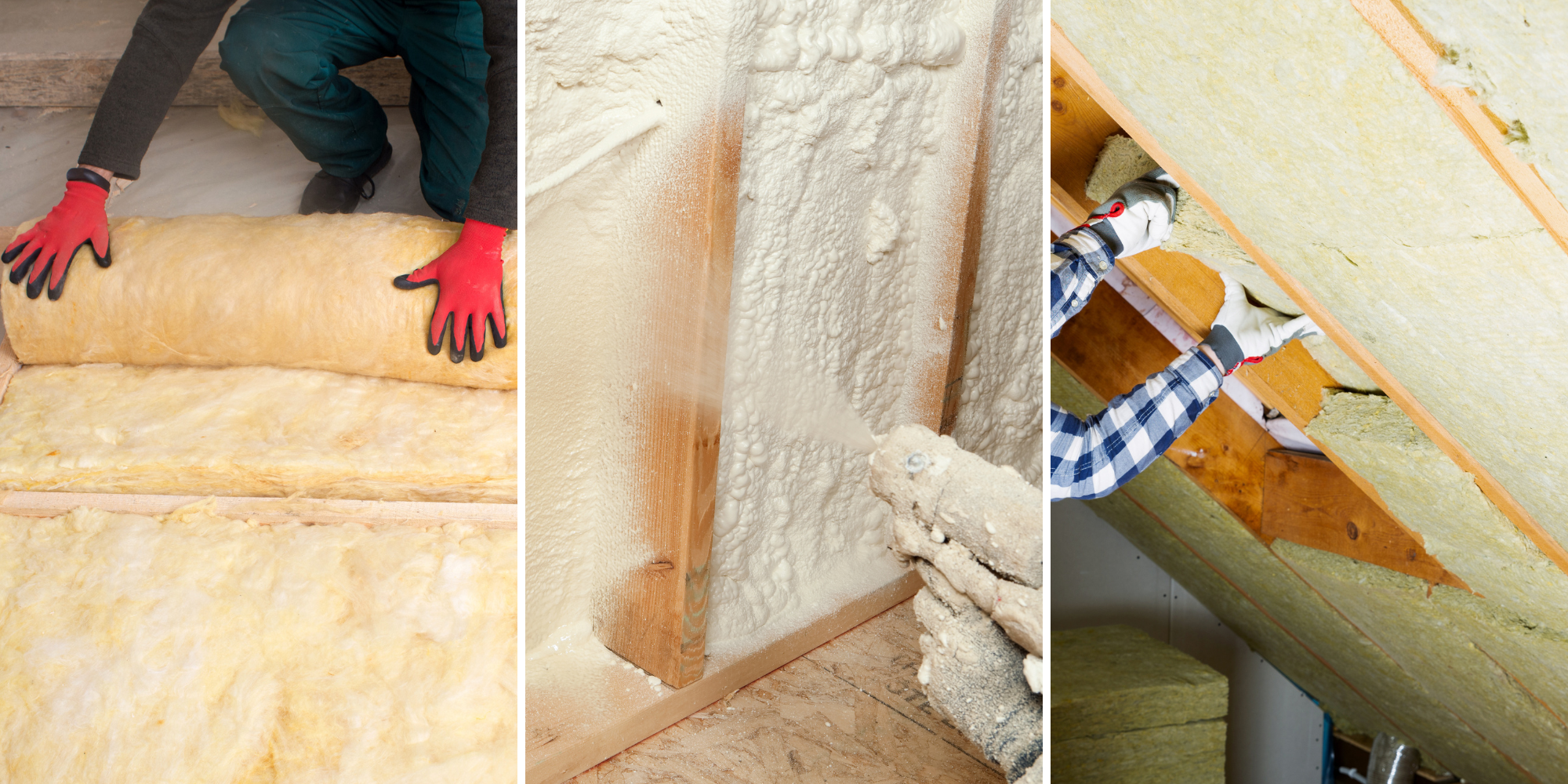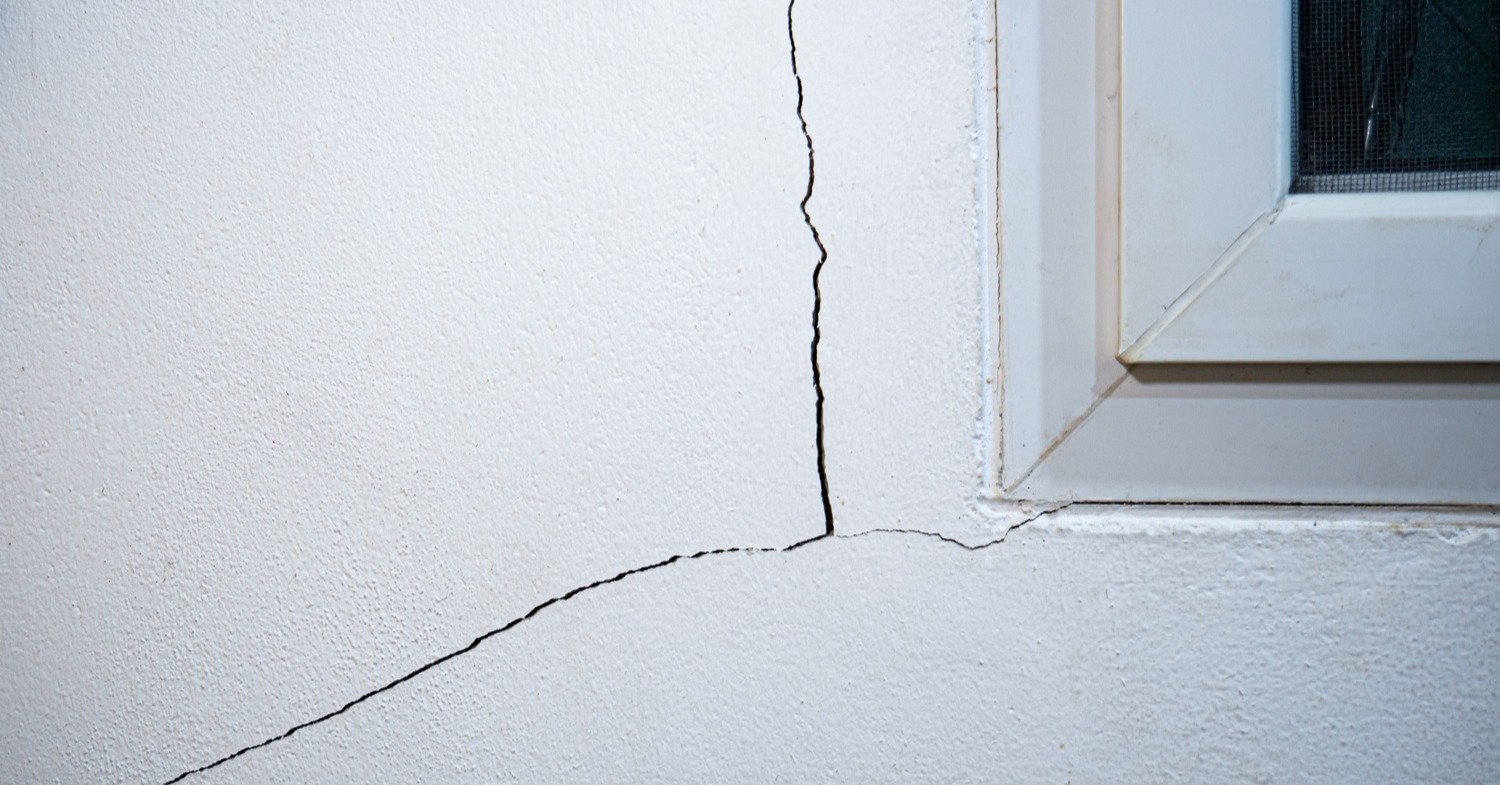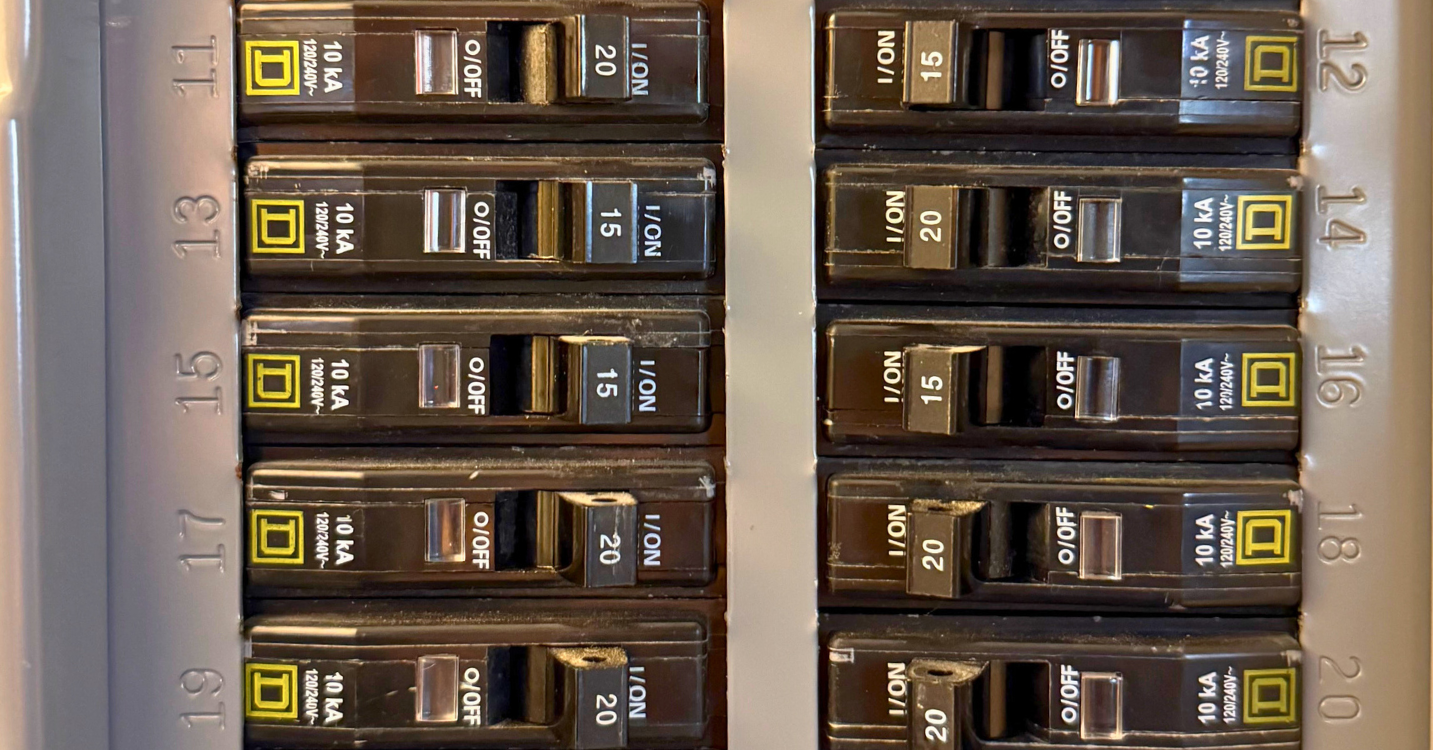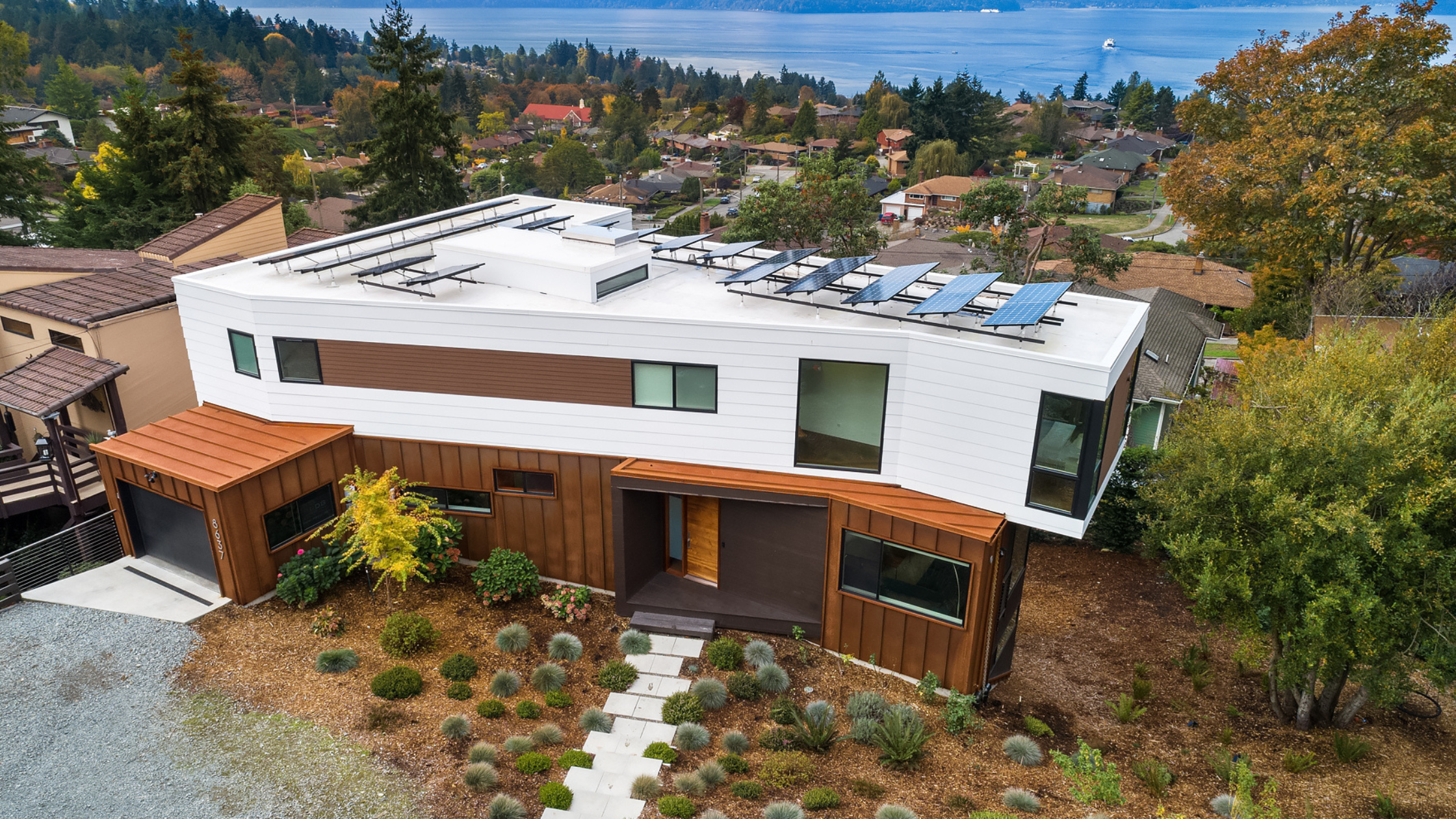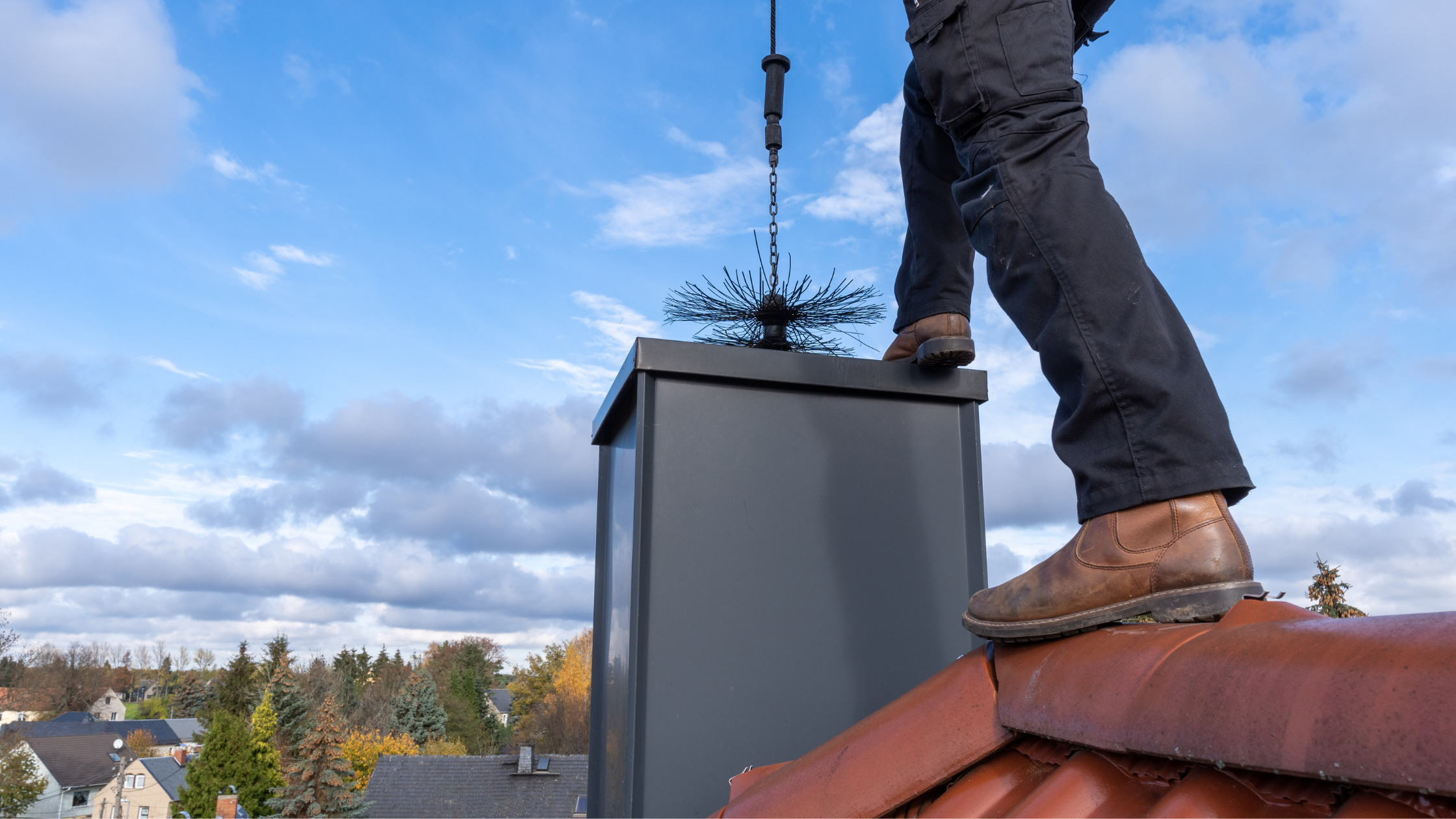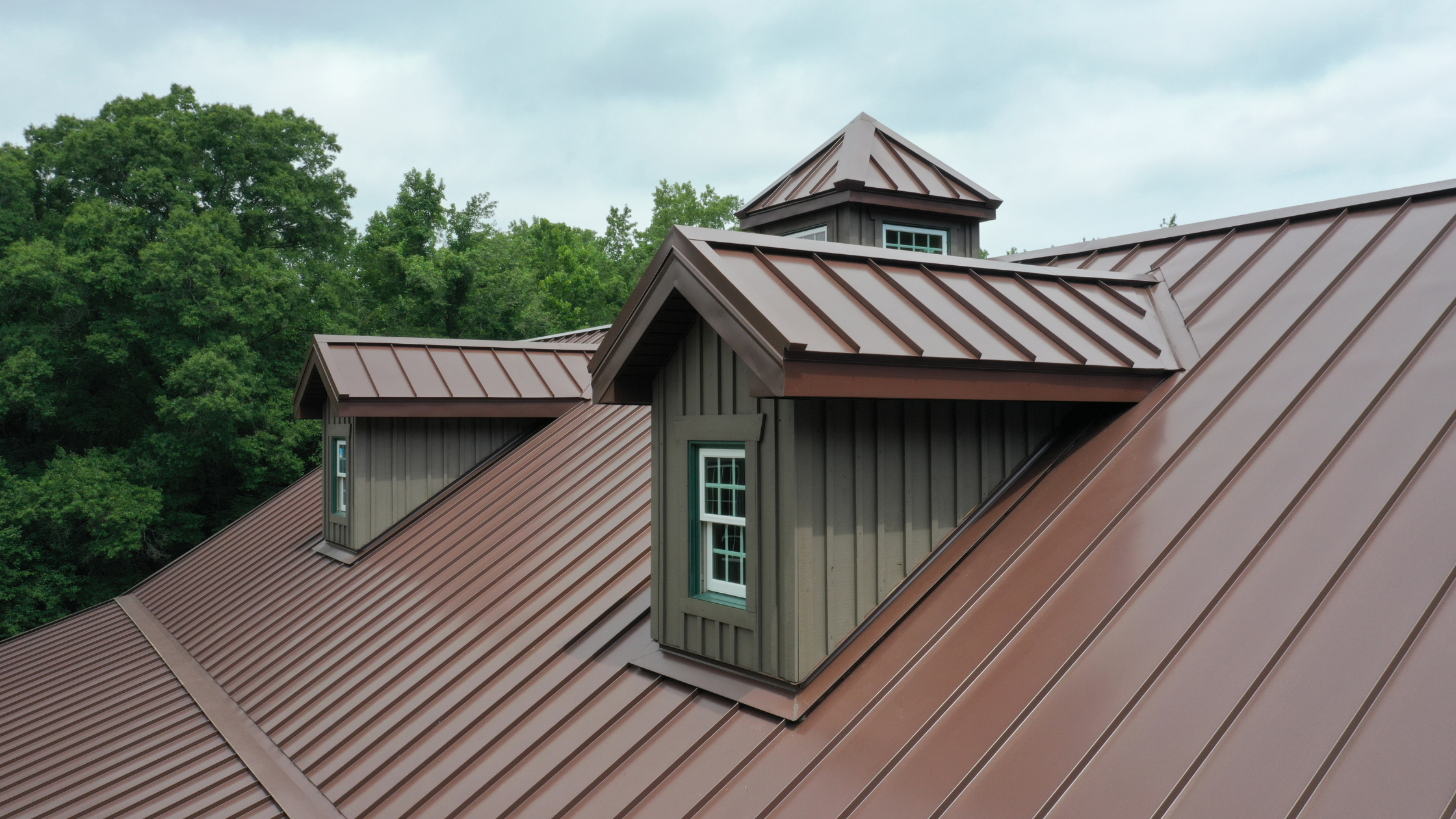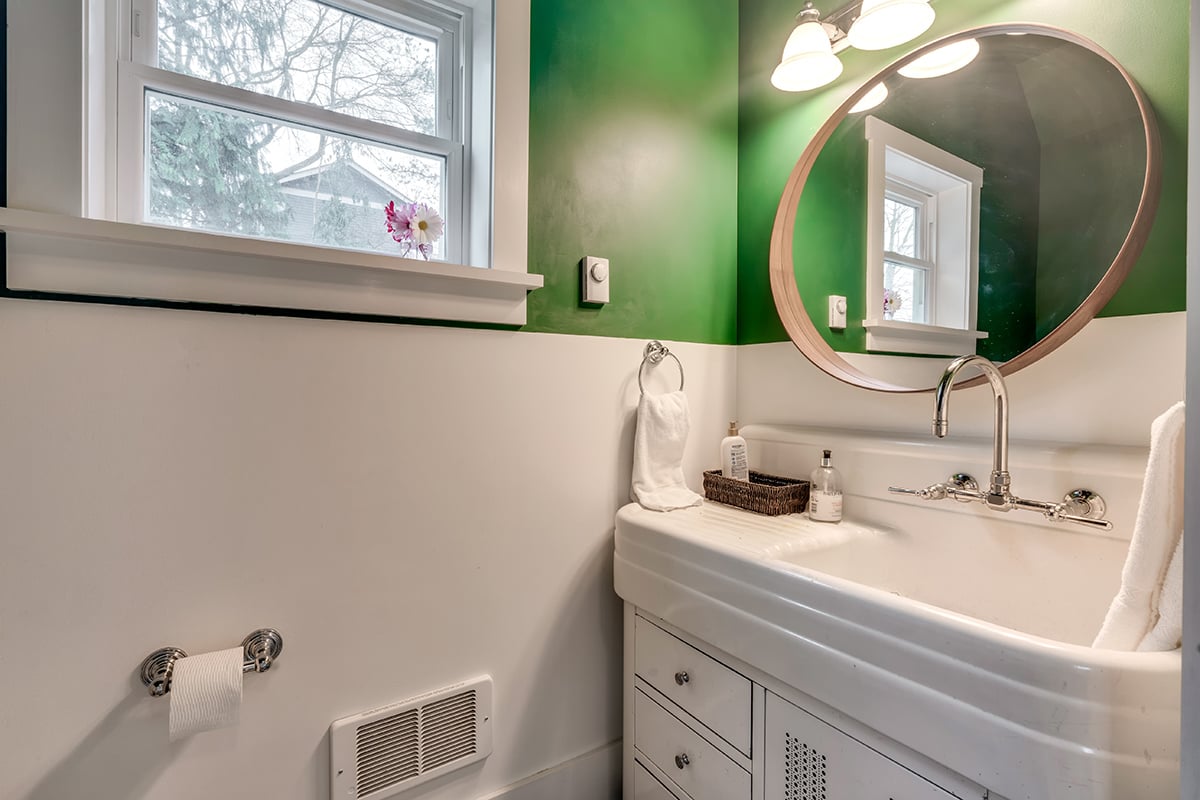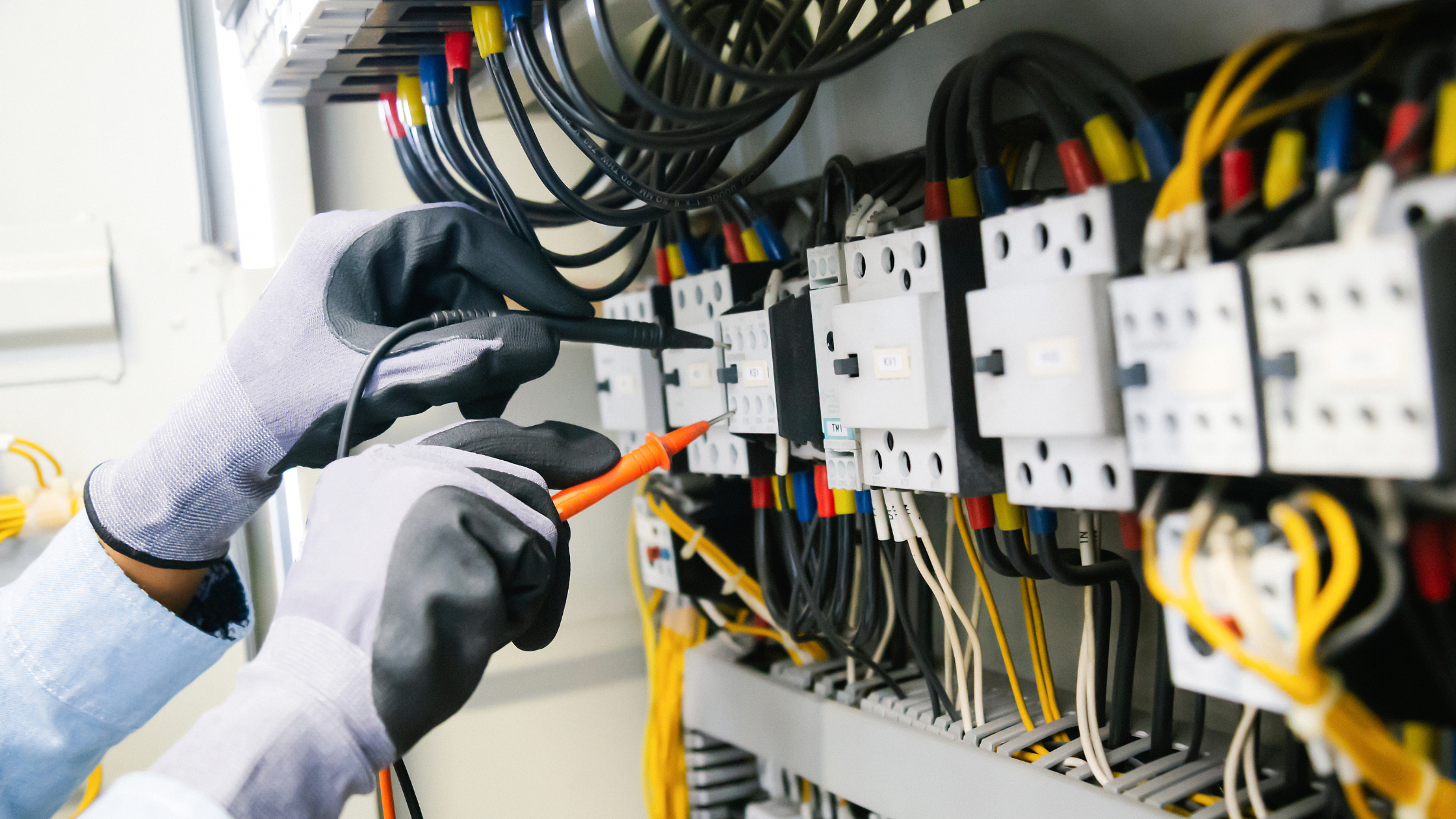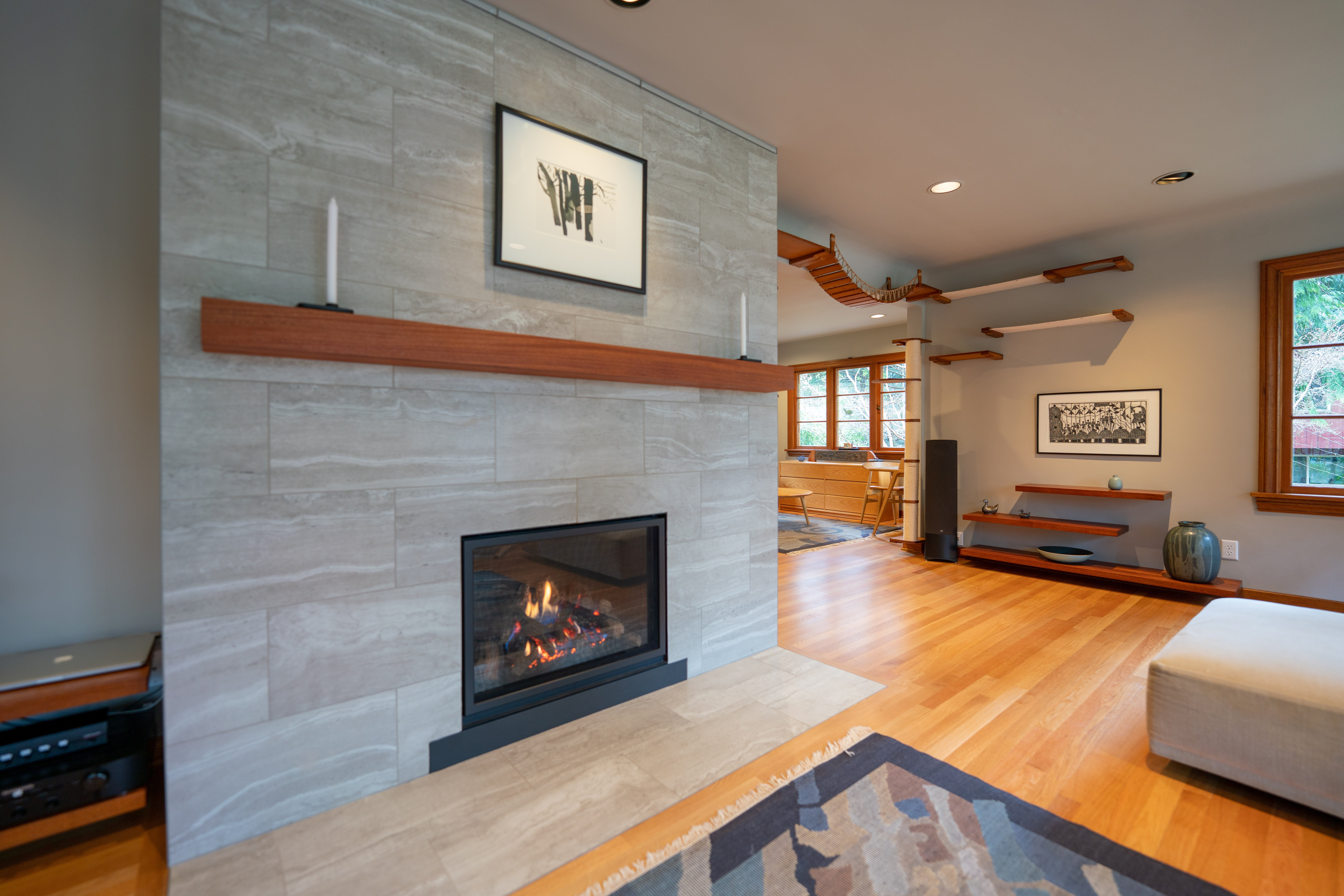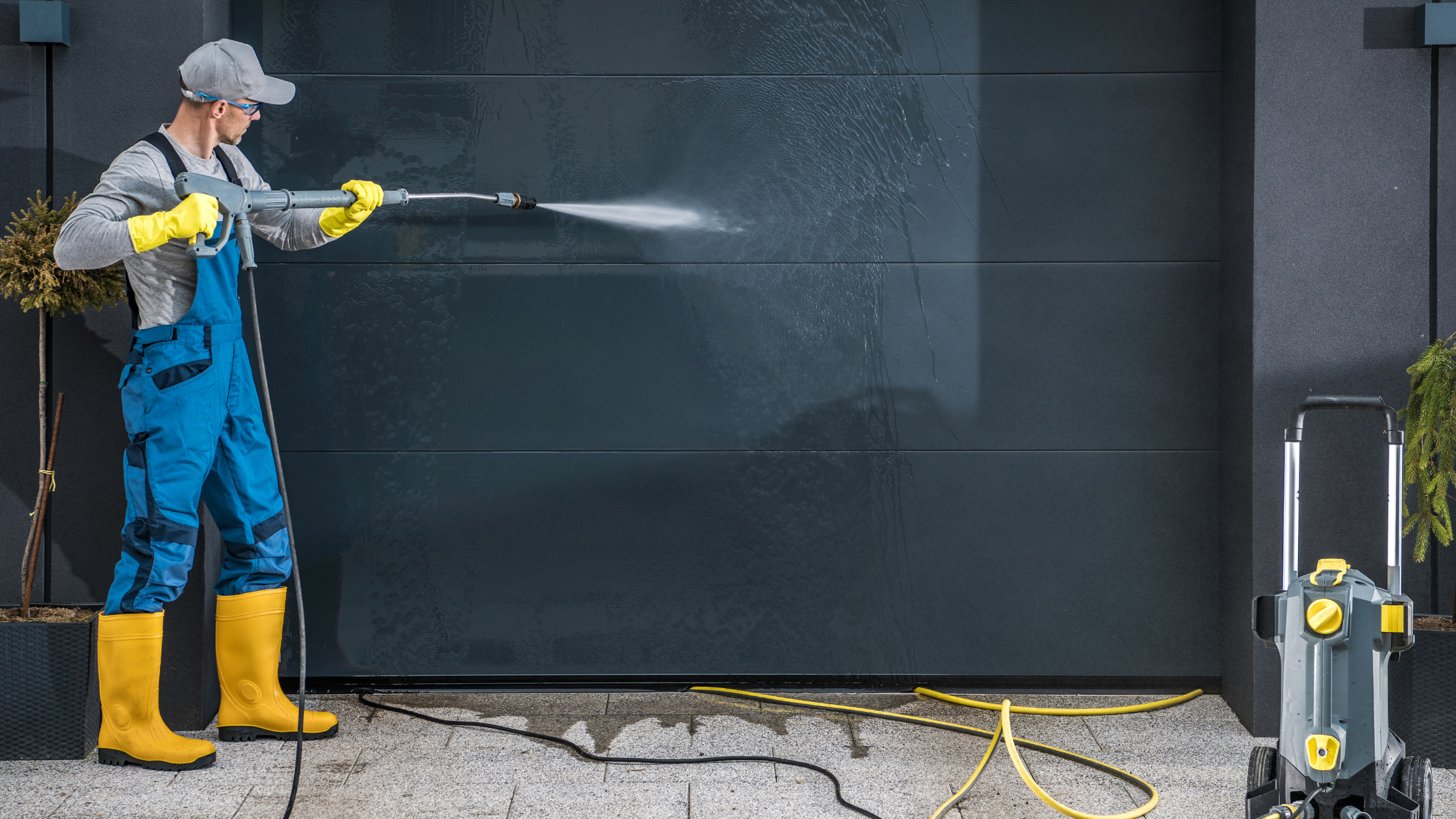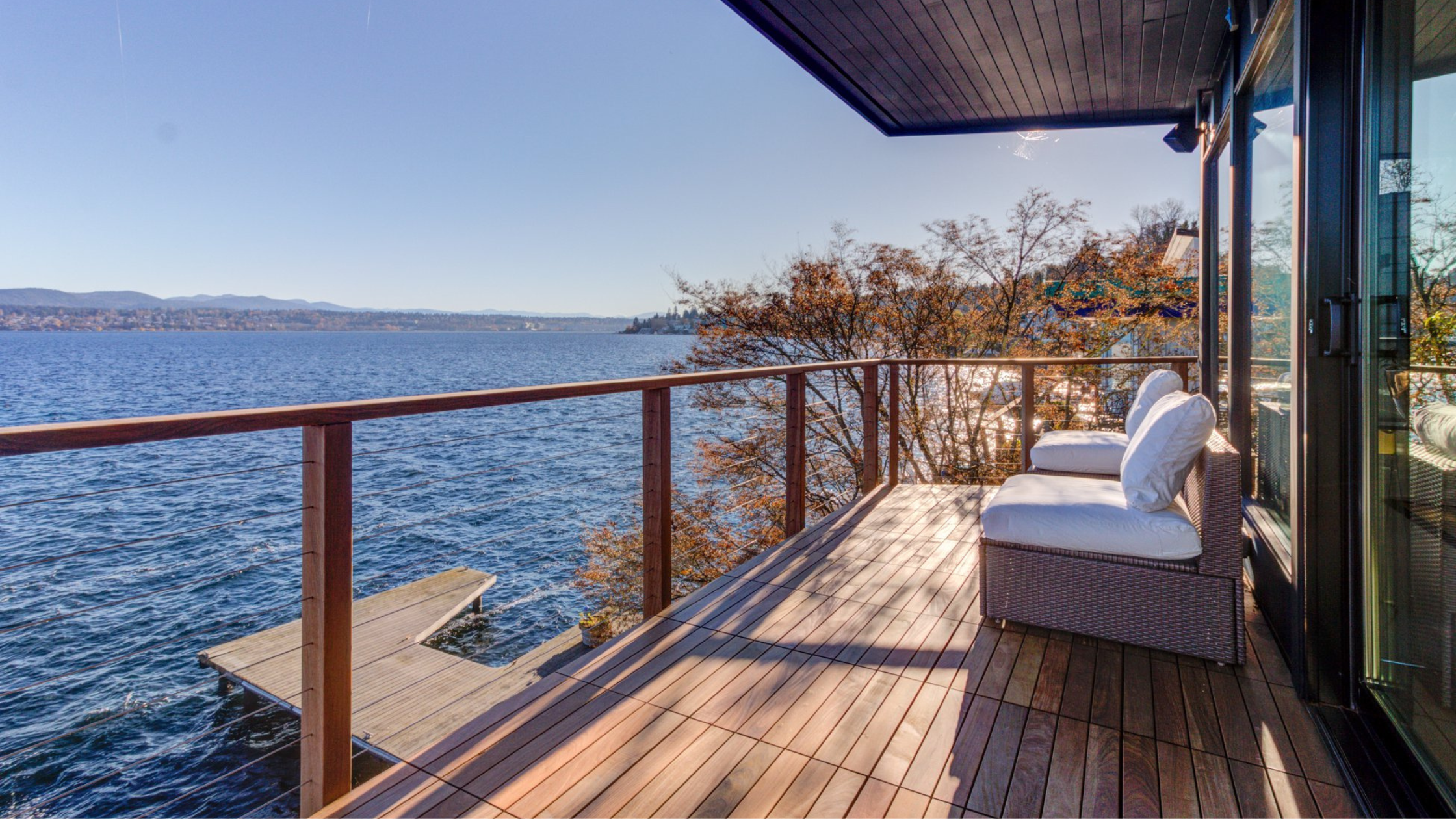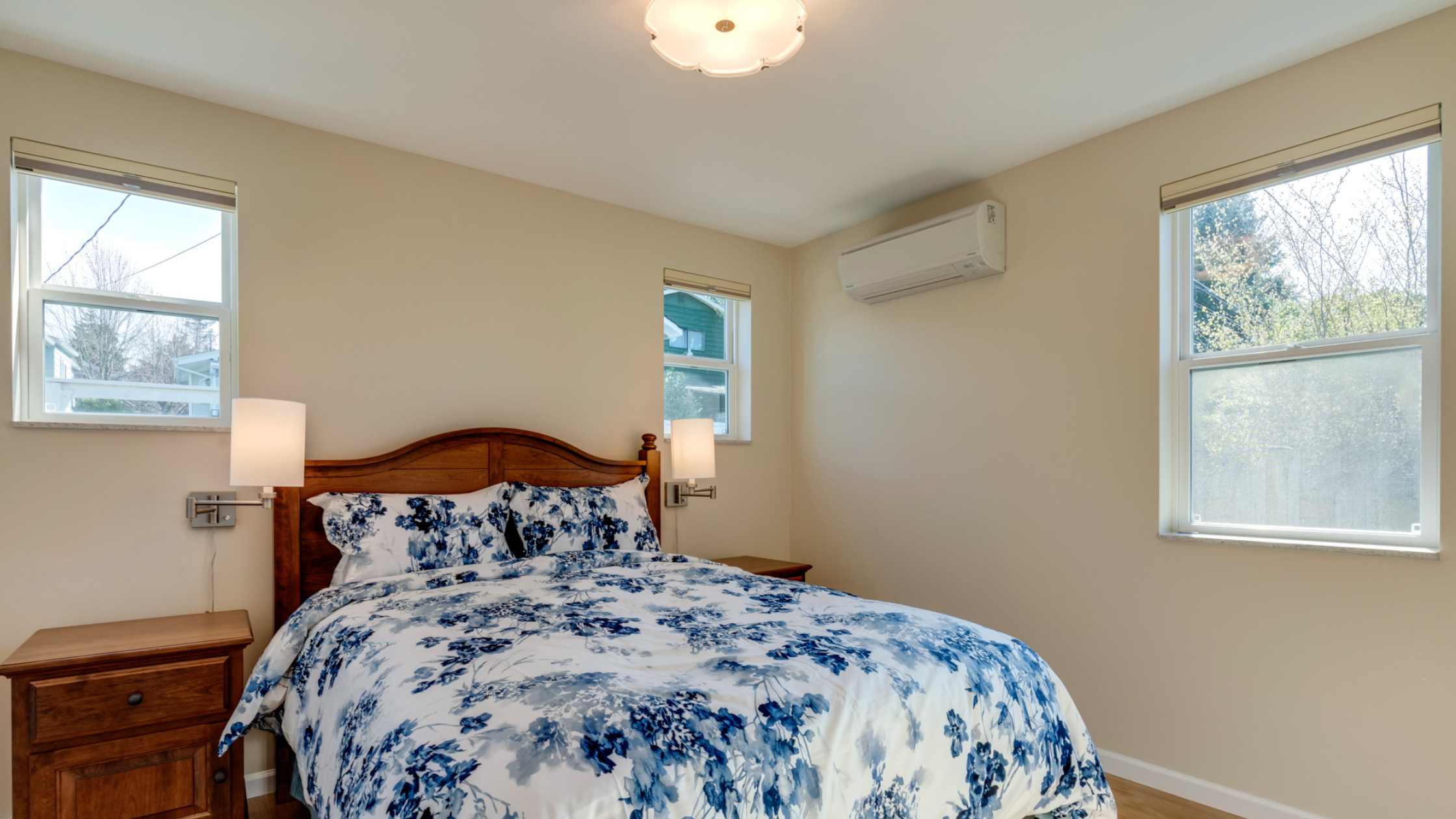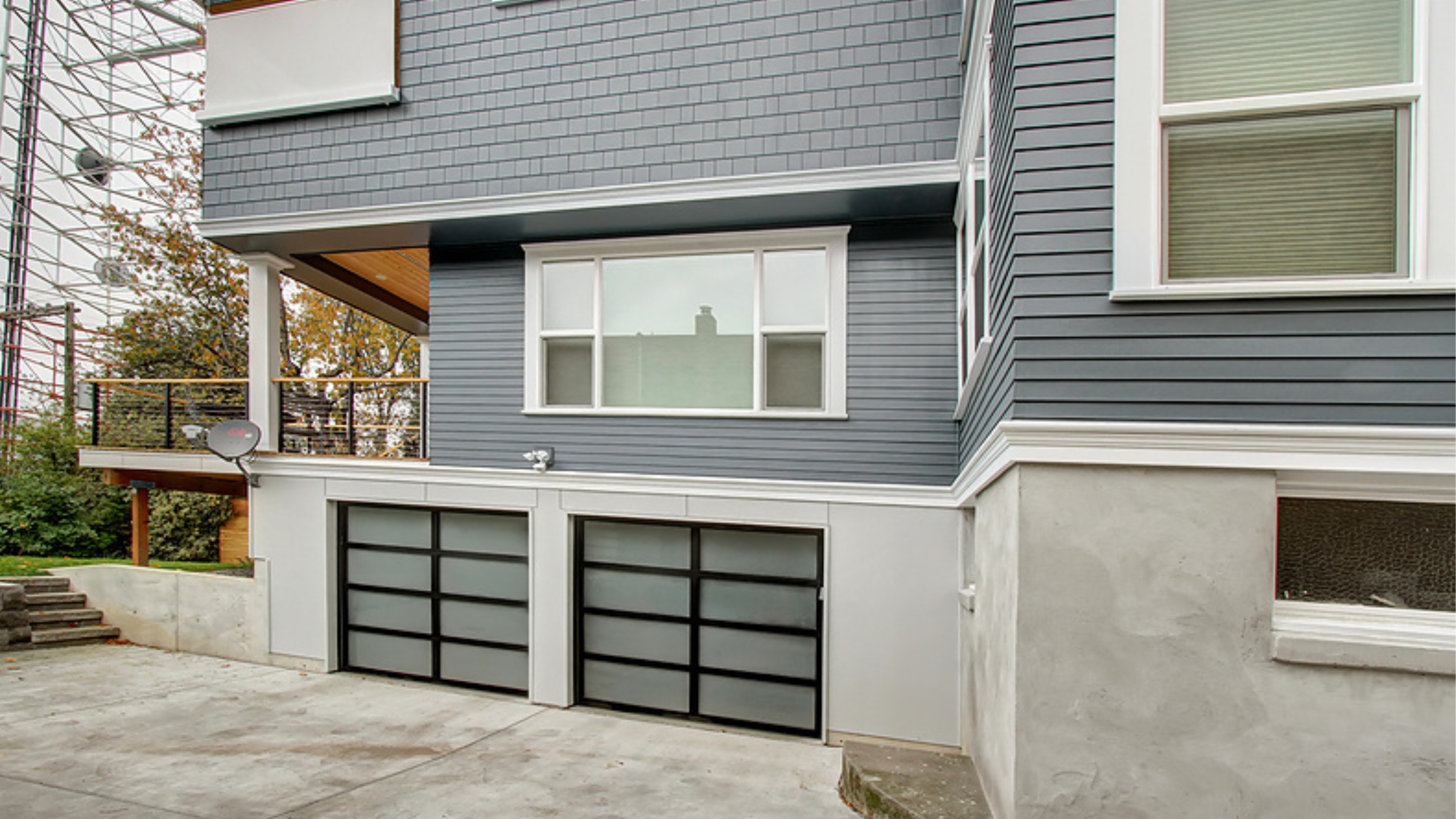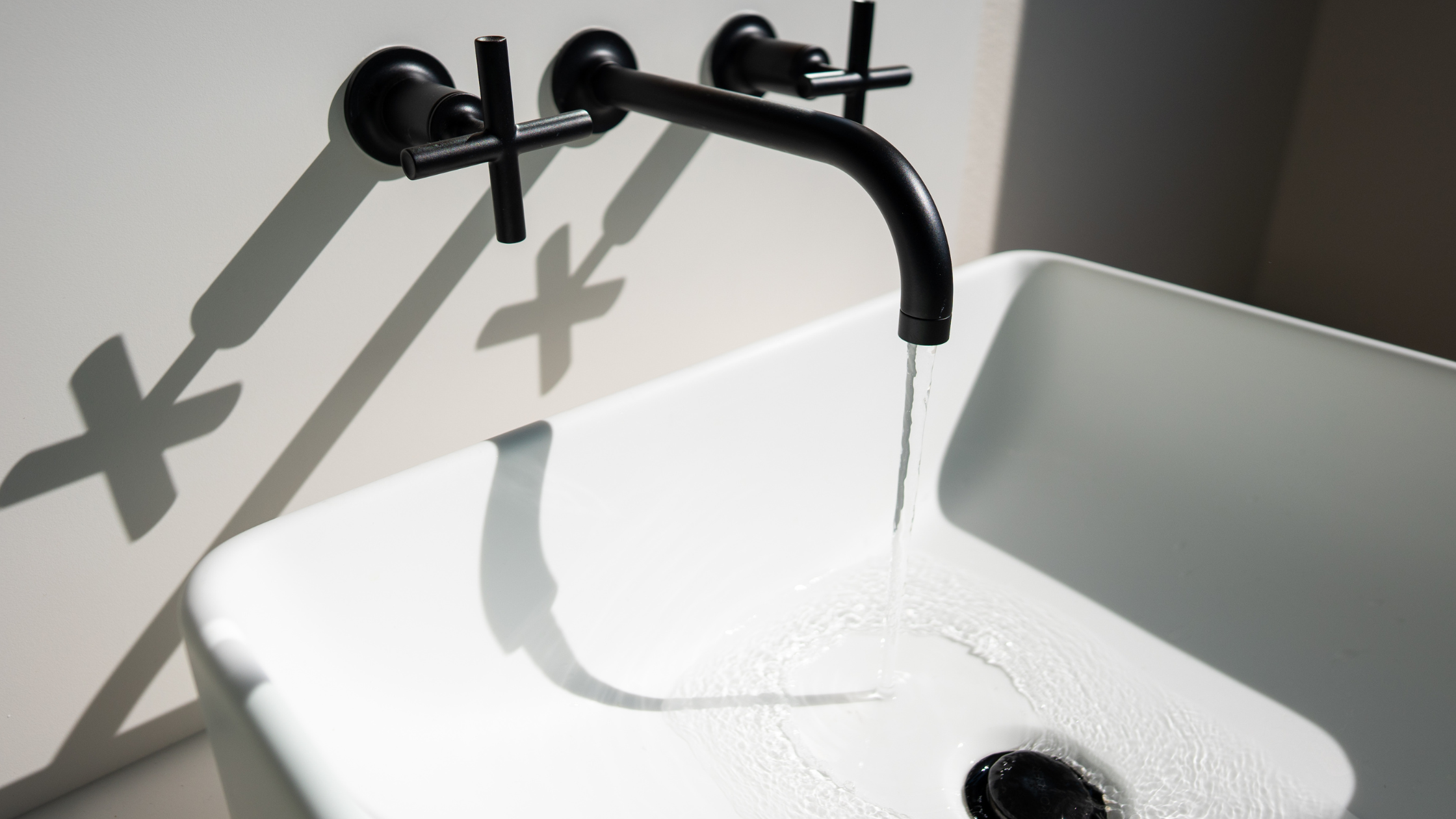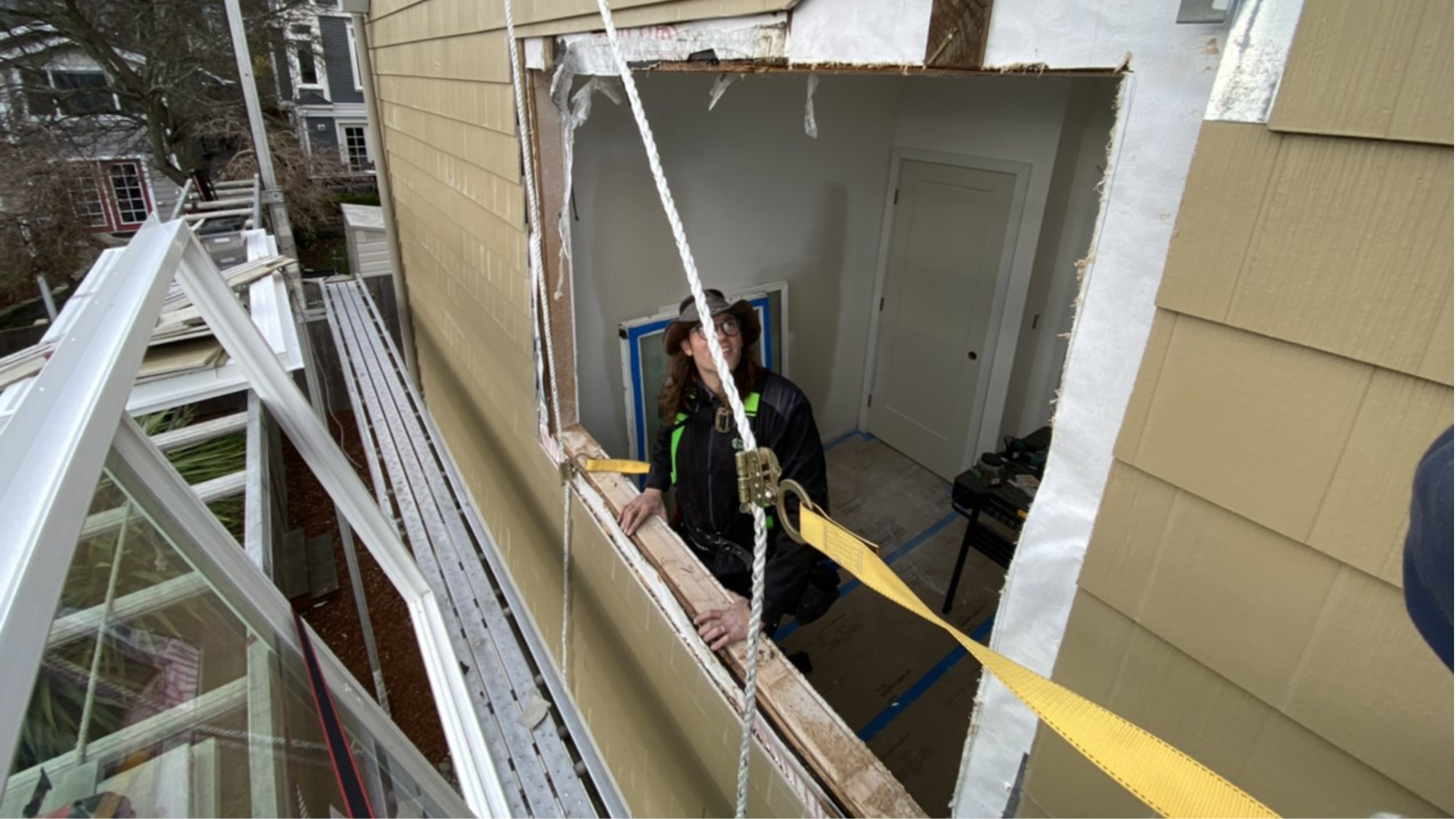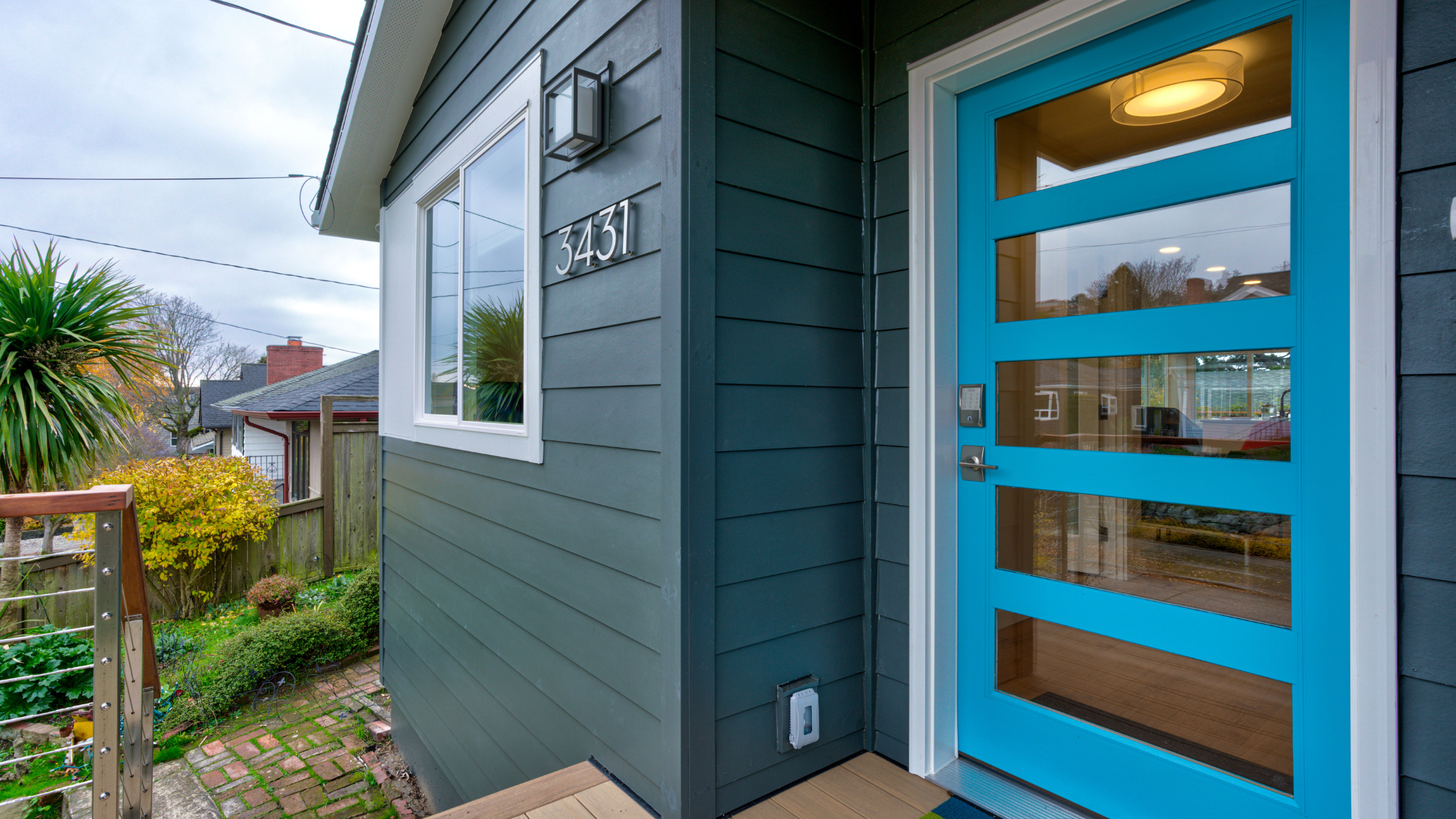Imagine this: You're cozy on your couch, rain drumming softly outside, and suddenly you hear, drip, drip, drip. A small dark spot appears on your ceiling and slowly spreads. That’s your roof’s way of sending a message. But how do you know if it’s a simple roof repair or the start of a major roof replacement project?
Seattle homeowners face a unique mix of severe weather, moss growth, and aging materials that can make roof maintenance tricky. However, once you understand what your roof is trying to tell you, you can prevent minor roof issues from becoming costly structural problems or, in the worst case, a roof collapse.
Why Roof Health Matters More Than You Think
Yes, your roof keeps the rain out, but it also plays a vital role in your home’s structure, comfort, and value:
-
Structural integrity: A compromised or leaking roof can lead to rot, mold, and even weakened joists and trusses.
-
Energy efficiency: Poor insulation or underlayment can cause your HVAC system to work overtime, driving up energy costs.
-
Property value: A well-maintained roof signals a well-cared-for home, boosting resale appeal.
-
Peace of mind: Knowing your roof is in good condition means you can relax through every Seattle rainstorm.
Let's take a look at common roof problems in the Pacific Northwest and what to do about them.
1. The Silent Drip: Roof Leaks and Water Damage
Leaks aren’t always dramatic; sometimes they’re just faint stains or peeling paint.
What to look for:
-
Brown or yellow water spots on ceilings and walls
-
Peeling paint or bubbling wallpaper
-
Musty odors or mold in the attic
-
Warped or sagging drywall
Why it matters:
Even a small leaking roof can cause significant roof damage. Water can travel sideways through framing, so visible damage may not appear directly below the source. Regular inspections by a trusted roofer or roofing contractor can help catch problems before they escalate.
2. Debris and Weather Damage
Debris buildup and seasonal windstorms are among the common causes of premature roof failure in the Pacific Northwest.
What to look for:
-
Piles of pine needles, leaves, or branches on your roof surface
-
Damaged or missing shingles after strong winds
-
Shingle granules or small branches in gutters
-
Dents or cracked shingles from hail or falling debris
Why it matters:
Debris traps moisture and adds weight, while severe weather can lift or crack shingles. Both accelerate deterioration and can shorten your roof’s lifespan.
Pro tip: Keep up with regular maintenance and schedule a roof inspection after major storms to spot hidden roof damage early.
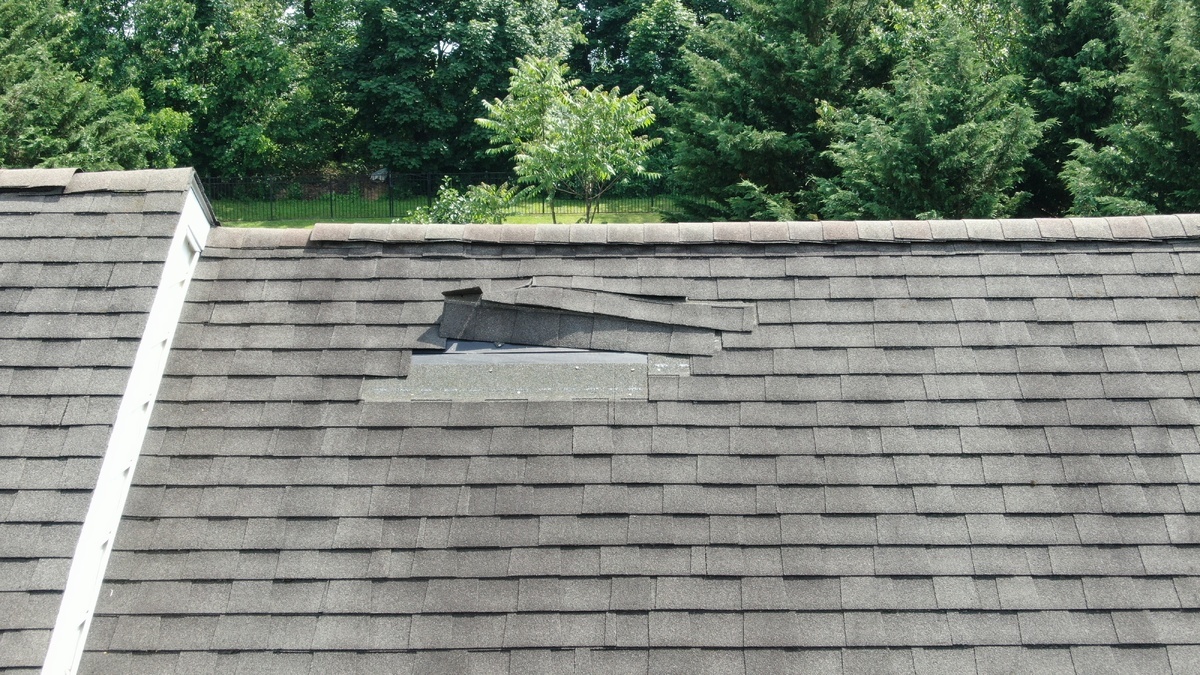
3. The Build-Up of Moss or Fungus
Seattle’s damp, shaded environment is perfect for moss, algae, and lichen. While they may look harmless, they can be surprisingly destructive.
Why it matters:
Moss traps moisture, creating small dams that force water beneath shingles and into the underlayment. Lichen’s root-like structures can dig into shingle granules and pull them off when removed. Left unchecked, these growths can lead to leaks, rot, and early roof replacement.
Prevention tip: Use gentle moss-removal treatments and avoid pressure washing, which can strip protective granules and weaken your roof surface.
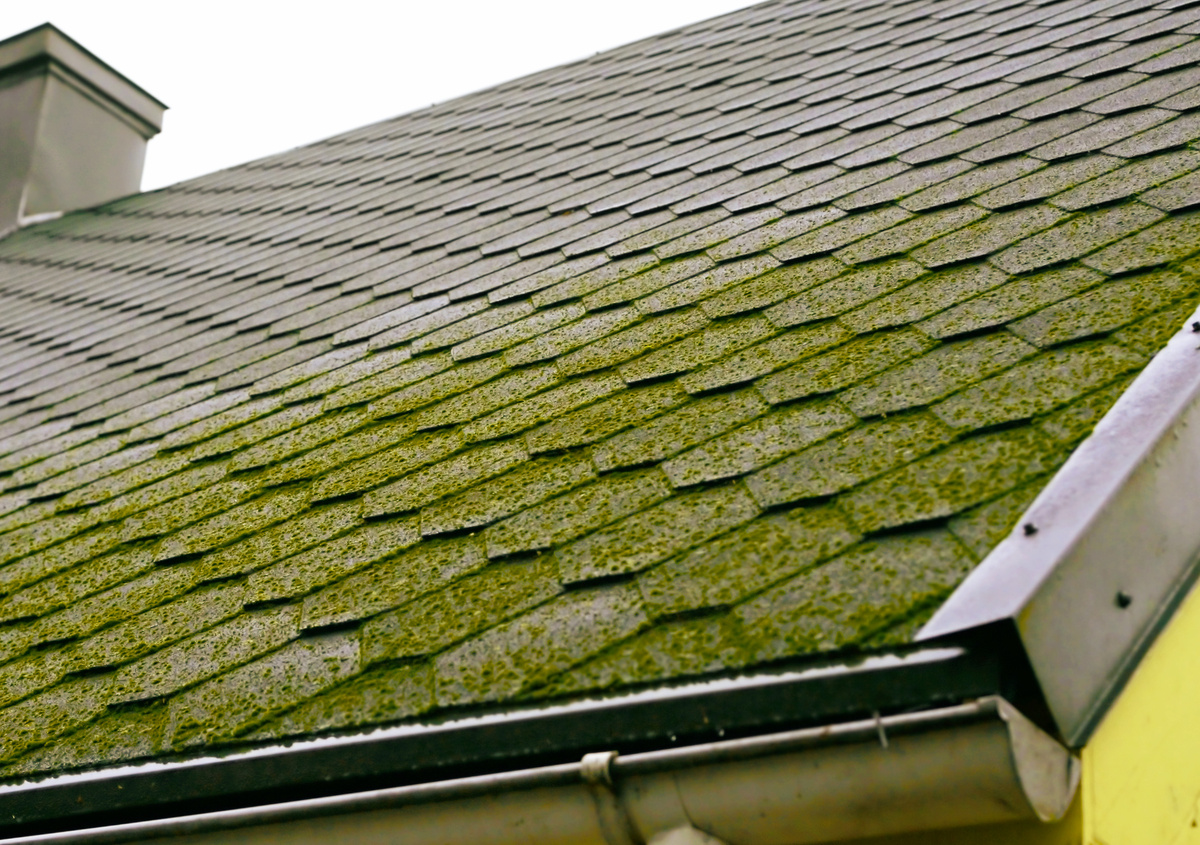
4. Excessive Granule Loss
Asphalt shingles are coated with ceramic granules that protect against UV rays, fire, and impact. When those granules wear away, your shingles lose their armor.
What to look for:
-
Dark, shiny, or bald patches on shingles
-
Granules that have collected in gutters or at downspouts
-
Uneven shingle texture or color fading
Why it happens:
-
Age and wear: Normal over time with Seattle’s year-round moisture.
-
Moss and algae: Growth lifts granules and weakens shingle adhesion.
-
Aggressive cleaning: Pressure washing or harsh chemicals strip protection.
-
Poor ventilation: Heat and humidity inside your attic age shingles from below.
-
Storm impact: Hail or falling debris can dislodge granules on contact.
Why it matters:
Without granules, shingles crack and deteriorate quickly, exposing the asphalt to moisture and UV damage. This often leads to curling, leaks, and early roof replacement.
5. Curled or Buckled Shingles
If your shingles aren’t lying flat, it’s time to take a closer look.
What to look for:
-
Edges curling upward or centers cupping downward
-
Cracked, brittle, or wavy shingles
Why it matters:
These are clear signs of roof damage caused by heat, age, or poor installation. Curled shingles are prone to wind uplift and water intrusion. If you notice widespread damaged shingles, call a roofing company to assess your roof needs before water penetrates the underlayment.
6. Structural Red Flags: Sagging and Rot
A sagging roofline or soft decking is more than cosmetic—it’s structural.
What to look for:
-
Visible dips or uneven ridgelines
-
Rotting or cracked rafters in the attic
-
Bowed ceilings or attic walls
Why it matters:
This could indicate waterlogged decking, undersized framing, or foundation issues. Ignoring it risks collapse or major structural repairs.
Maintenance tip: Have your home's trusses, rafters, and sheathing inspected annually for cracks, rust, or rot as part of your regular inspections.
7. The Hidden Weak Spots: Flashing, Caulking, and Skylights
Not all roof issues start with shingles. Many leaks come from vulnerable transitions in the roof system.
Check these vulnerable areas:
-
Chimneys and vents: Cracked caulking breaks down after just a few years, while your roof should last decades.
-
Flashing around skylights and roof joints: Rust or gaps are signs of trapped moisture and potential leaks.
-
Peeling paint on soffits or overhangs: Indicates moisture buildup behind the wood as vapor pushes paint off from underneath.
8. Clogged Gutters and Poor Drainage
Your gutters are part of the roofing system, not just an accessory.
What to look for:
-
Overflowing water during rain
-
Sagging or separated gutter sections
-
Standing water around the foundation
Why it matters:
Clogged gutters cause water to back up, leading to fascia rot, leaks, and foundation problems. Without regular maintenance, pooled water can seep under shingles or flat roofs, creating leaks that appear far from their source.
Maintenance tip: Clean gutters twice a year or install gutter guards to minimize buildup and keep your roof surface dry.
9. Attic Ventilation Problems
Seattle homes often struggle with attic humidity due to our mild, wet climate.
What to look for:
-
Mold, mildew, or condensation in the attic
-
Hot, stuffy attic air in summer
-
Ice dams in winter along the roof edges
Why it matters:
Poor ventilation traps heat and moisture, which prematurely age shingles from the inside out, increase energy costs, and create the perfect environment for mold growth.
Understanding Roof Materials and Lifespans
Different roof materials have different maintenance needs and lifespans:
-
Asphalt shingles: 20–30 years
-
Architectural shingles: Up to 40 years
-
Metal roofing: 40–70+ years
-
Wood shakes/shingles: 20–40 years
-
PVC or vinyl membrane roofing: 20–35 years
Seattle Tip: Roof slope influences material choice. Flat or low-slope roofs often require PVC or membrane materials, while steeper roofs commonly use asphalt or metal.
Is it Time to Repair or Replace?
Consider a repair if:
-
Damage is isolated to one small area
-
Your roof is under 20 years old
-
There’s no evidence of structural damage
-
Aesthetic consistency isn’t a concern
Consider a full replacement if:
-
Your roof is at or beyond its warranty age
-
Damage is widespread (multiple missing, curled, or worn shingles)
-
Structural damage or sagging is present
-
Frequent repairs aren’t solving the root cause
-
You want to invest in a new roof for energy efficiency or resale value
Keep a Solid Roof Over Your Head
Roof care is about prevention, not reaction, and regular maintenance and roof inspections are your best defense against costly issues. Schedule annual inspections, especially before and after Seattle's heavy rain seasons, and maintain your gutters, flashing, and ventilation system.
When in doubt, bring in a trusted professional who understands Seattle’s unique roof challenges. An experienced design-build contractor or roofing professional will approach the problem holistically, assessing the whole roof system, not just the visible issues.
Roof repair and regular inspection should be part of any good home maintenance list. For more tips on taking care of your home, download our eBook, “Redefining Home Maintenance: The Proactive & Essential Guide for Homeowners”.

.png)








.png?width=1200&height=1006&name=BB%20Socials%20(09.04.24%20ES).png)
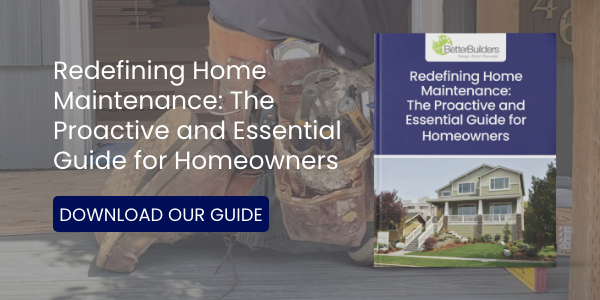
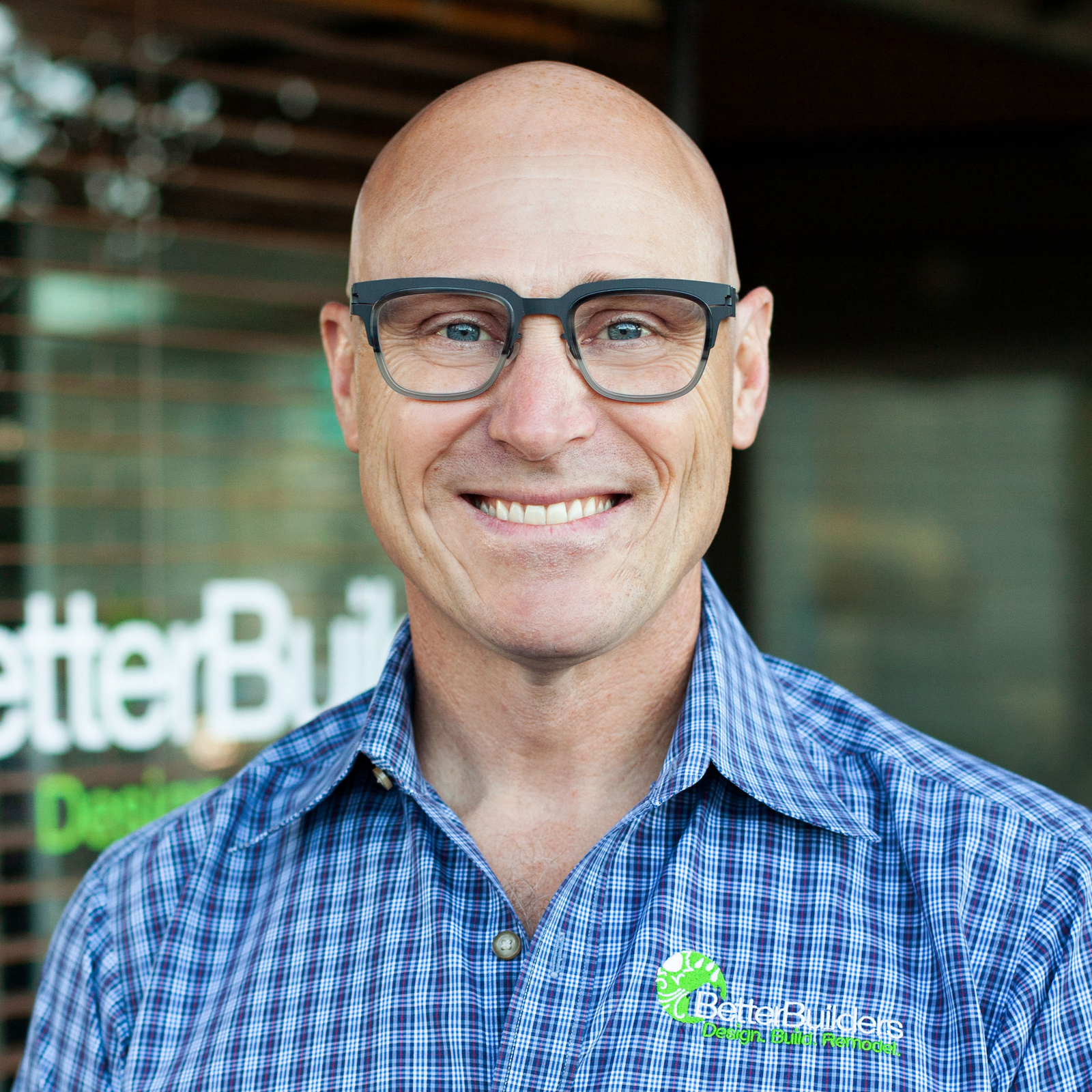
.jpg)
